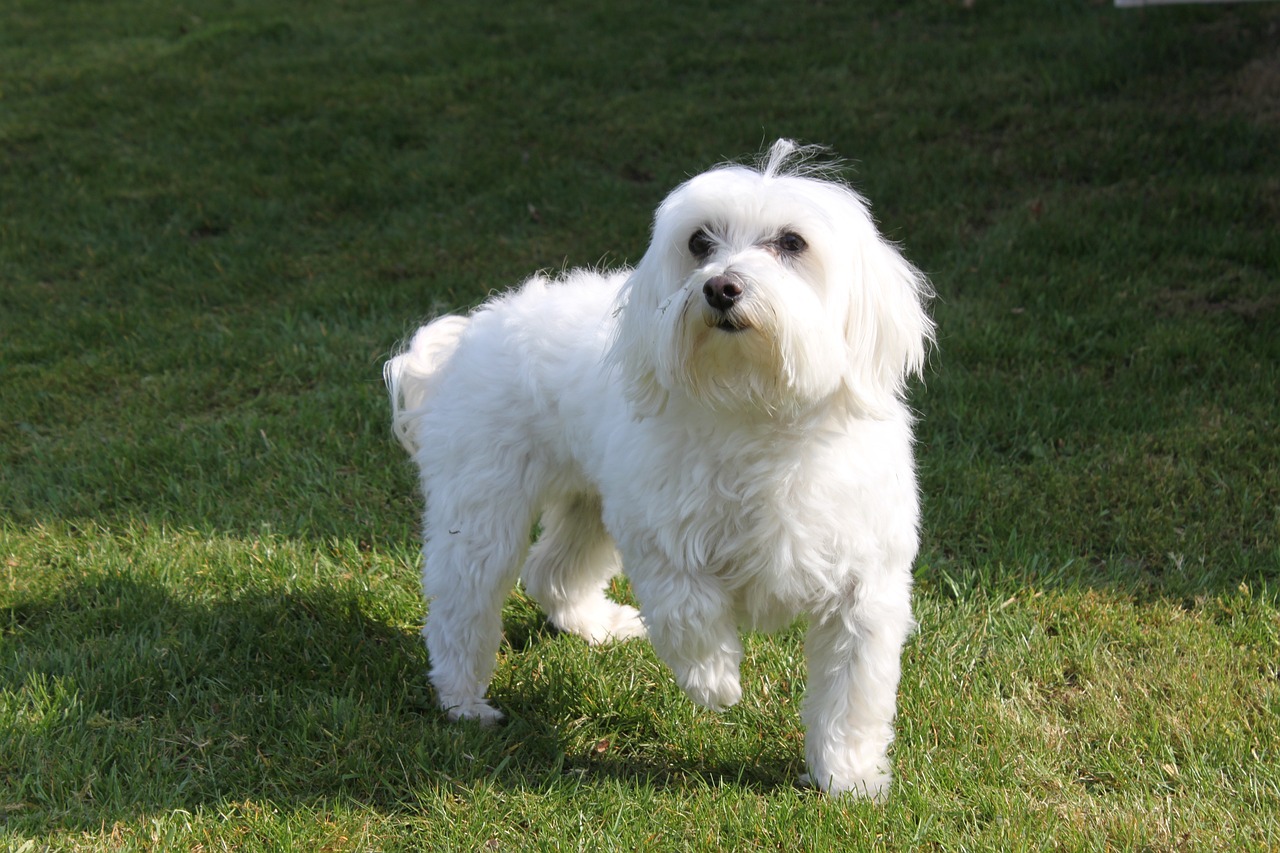1. What is the origin of the Maltese breed?
The Maltese breed originated from the Mediterranean, specifically from the island of Malta, hence its name. This ancient breed is believed to have a history that dates back over 2,000 years, making it one of the oldest known toy dog breeds. Historical records and artifacts from ancient civilizations, including Greece, Rome, and Egypt, have referenced small, Maltese-like dogs, indicating their presence and popularity among those cultures. These early Maltese dogs were cherished by nobility and commoners alike for their beauty and companionship, establishing their long-standing role as favored lapdogs and companions.
2. How did the Maltese get its name?
The Maltese is named after the Mediterranean island of Malta, where it is believed to have originated. Despite its association with the island, the breed’s exact origins remain somewhat of a mystery, with connections to various regions around the Mediterranean Sea. Over the centuries, the Maltese has been known by several names, including “Melitae Dog” and “Ye Ancient Dogge of Malta,” which reflect its rich history and the various cultures that have influenced the breed. The name Maltese, however, has endured and is now universally recognized, symbolizing the breed’s elegance and storied past.
3. What role did the Maltese play in ancient societies?
In ancient societies, the Maltese primarily served as a companion animal, prized for its beauty, elegance, and affectionate nature. Aristocrats and royalty favored the Maltese for its luxurious white coat and diminutive size, making it an ideal lapdog. Additionally, the Maltese was often given as a precious gift among the elite, symbolizing wealth, status, and love. Artifacts and literature from ancient Greece, Rome, and Egypt depict the Maltese, indicating its widespread appeal and status as a cherished pet in these cultures.
4. How has the appearance of the Maltese changed over time?
The appearance of the Maltese has evolved but has always been characterized by its signature long, white coat and compact size. Historical descriptions and art depict the Maltese with similar physical traits to those valued today, including its expressive eyes and gentle demeanor. Over centuries, selective breeding has refined these features to enhance the breed’s beauty and health. Despite these changes, breeders have worked to maintain the Maltese’s distinctive look, ensuring that it remains true to its ancient origins while meeting modern breed standards.
5. What is the significance of the Maltese in Renaissance art?
The Maltese holds a significant place in Renaissance art, symbolizing purity, love, and social status. Renowned artists of the period, including Titian and Goya, frequently included the Maltese in their paintings, often depicting them in the company of noblewomen and aristocrats. This artistic representation underscores the breed’s association with luxury and refinement, as well as its role as a cherished companion. The Maltese’s presence in Renaissance art reflects its enduring appeal and the high regard in which it has been held throughout history.
6. How did the Maltese become popular in Europe?
The Maltese became popular in Europe during the Roman Empire, when it was introduced to the continent by traders and travelers. Its popularity continued to grow throughout the Middle Ages and the Renaissance, especially among the nobility and royal courts. The breed’s elegance, small size, and affectionate nature made it a favored companion among European aristocrats. Additionally, its representation in art and literature of the time helped to cement its status as a fashionable and desirable pet across the continent.
7. What are the key characteristics of the Maltese breed?
Key characteristics of the Maltese breed include its small size, long and silky white coat, black button eyes, and gentle, playful disposition. The Maltese is known for its fearless and lively personality, despite its diminutive stature. It is highly affectionate, making it an excellent companion dog that forms strong bonds with its owners. Additionally, the breed is intelligent and trainable, excelling in obedience and agility. The Maltese’s hypoallergenic coat also makes it a popular choice for people with allergies.
8. How has the Maltese been used in therapy and service roles?
The Maltese has been effectively used in therapy and service roles due to its gentle nature, intelligence, and capacity for empathy. These dogs are often trained as therapy pets, visiting hospitals, nursing homes, and schools to provide comfort and companionship to those in need. Their small size and affectionate demeanor make them particularly suited for these roles, allowing them to connect with individuals of all ages. Some Maltese dogs have also been trained as service animals, assisting people with disabilities by performing specific tasks to aid their daily lives.
9. What health concerns are associated with the Maltese breed?
Health concerns commonly associated with the Maltese breed include dental issues, due to their small mouths and teeth crowding, which can lead to gum disease and tooth loss. They are also prone to certain eye conditions, such as tear staining and progressive retinal atrophy. Other health issues can include patellar luxation, a condition affecting the kneecap, and hypoglycemia, especially in puppies or very small Maltese. Regular veterinary care and a healthy lifestyle are crucial for managing these health concerns and ensuring the wellbeing of a Maltese.
10. What is the lifespan of a Maltese dog?
The lifespan of a Maltese dog typically ranges from 12 to 15 years, although some may live even longer with proper care. Factors that contribute to a Maltese’s longevity include genetics, diet, exercise, and regular veterinary care. The Maltese is generally considered a healthy breed, but like all dogs, they can be prone to certain health issues. Owners can help ensure a long, healthy life for their Maltese by providing a balanced diet, regular exercise, and preventive veterinary care.
11. How are Maltese dogs as family pets?
Maltese dogs make excellent family pets due to their loving nature, adaptability, and enjoyment of human companionship. They are particularly good with older children who understand how to handle small dogs gently. Maltese are known for their playful and affectionate demeanor, thriving in environments where they can be close to their family members. They are also relatively easy to train and socialize, making them well-suited to a variety of living situations, including apartments and houses with or without yards.
12. How do you care for a Maltese’s coat?
Caring for a Maltese’s coat requires regular grooming to prevent mats and tangles in their long, silky hair. Daily brushing with a soft-bristle brush or comb is recommended, along with regular baths to keep their coat clean and white. Many owners choose to keep their Maltese in a “puppy cut” to minimize grooming requirements, although this does not eliminate the need for regular coat care. Additionally, attention should be given to cleaning the area around the eyes to prevent staining from tear ducts.
13. Can Maltese dogs be trained easily?
Maltese dogs are known for their intelligence and eagerness to please, making them relatively easy to train. They respond well to positive reinforcement techniques, such as praise and treats, and can learn a variety of commands and tricks. Early socialization and puppy training classes are recommended to help them develop into well-behaved adult dogs. However, like all breeds, individual Maltese may vary in their trainability, and patience and consistency are key to successful training.
14. What makes the Maltese a good apartment dog?
The Maltese is an excellent apartment dog due to its small size, low exercise requirements, and quiet nature. They do not need a lot of space to be happy and can get sufficient exercise through indoor play and short walks. Additionally, their affectionate nature and adaptability make them well-suited to the close quarters of apartment living. However, Maltese dogs do require companionship and should not be left alone for long periods, as they can develop separation anxiety.
15. How did the Maltese influence other toy breeds?
The Maltese is one of the oldest toy breeds and has influenced the development of other toy breeds through its enduring popularity and distinctive characteristics. Its elegant appearance and companionable nature have been valued traits that breeders have sought to replicate in developing other breeds. Crossbreeding with the Maltese has been used to impart its luxurious coat, small size, and friendly temperament to other toy dogs, contributing to the diversity and appeal of the toy breed group as a whole.









